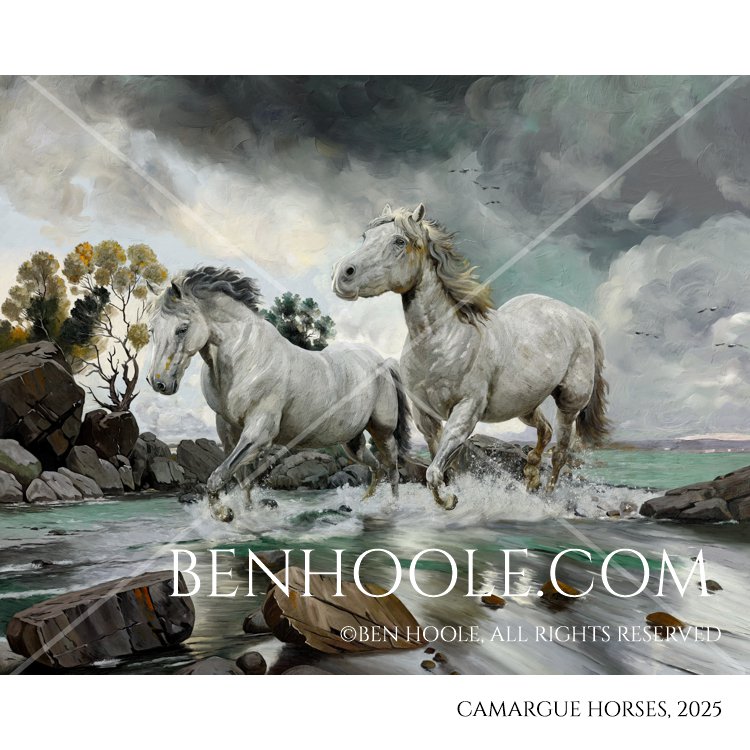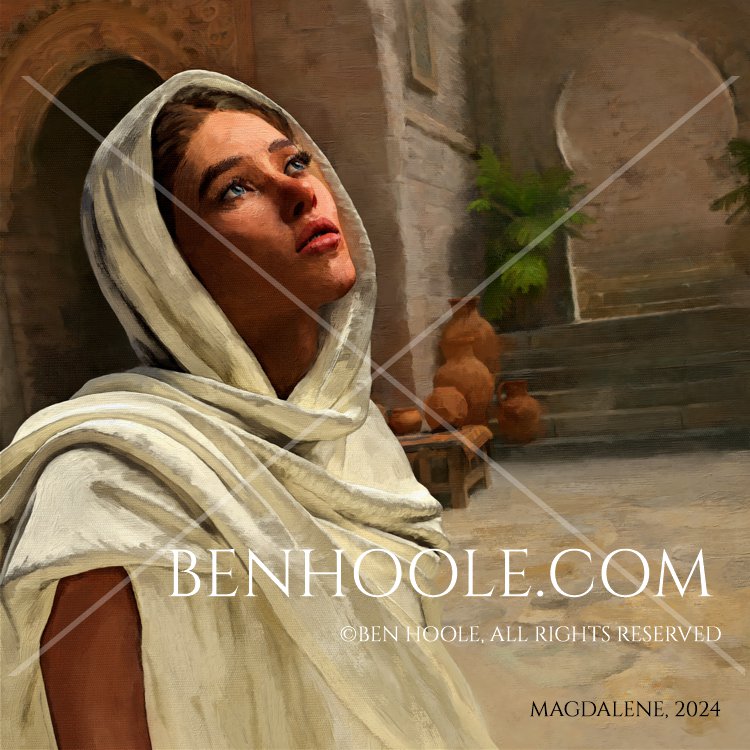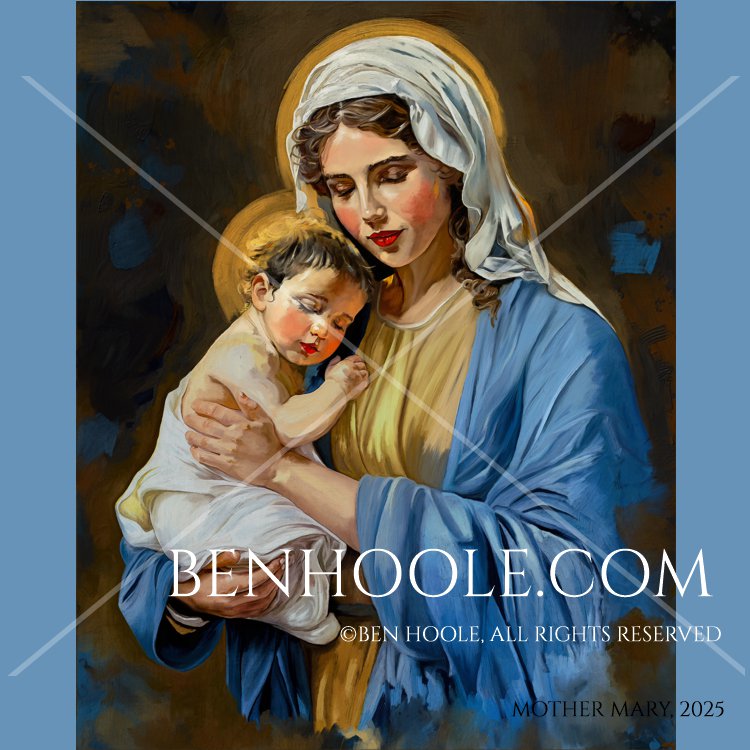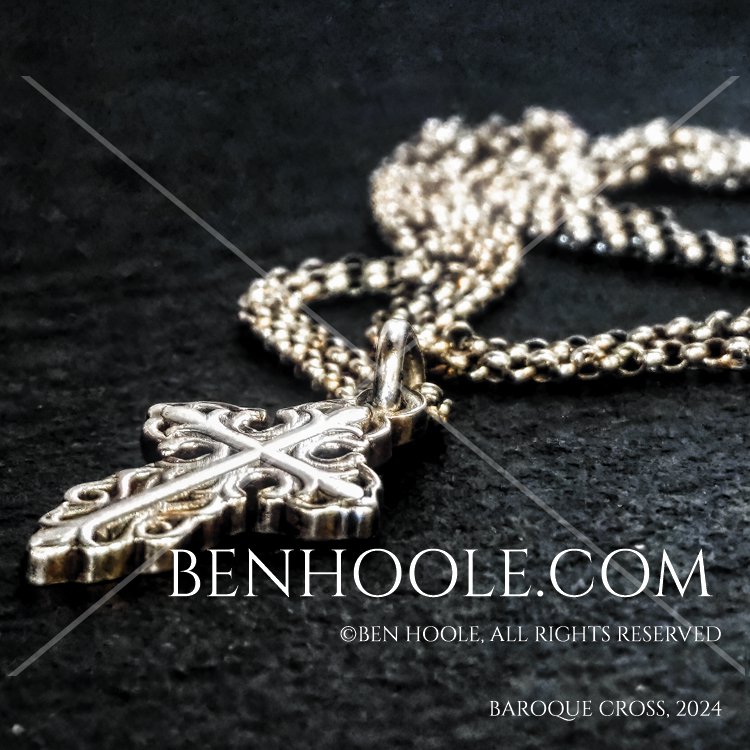Welcome to BenHoole.com - Home of Australian Artist BEN HOOLE

I'm building a new website here and will be offline for a little while. In the meantime, you can check out my art and handmade jewellery at https://instagram.com/hooleben.
ABOUT BEN
Ben Hoole (MBA., MPET., B.Comm.) has around 25 years of professional experience as a multidiscipline fine artist, designer and craftsman. As a visual artist, Ben strives to adapt traditional techniques to a digital art workflow, employing both adaptations of classical methods and cutting-edge 3d/ CG tools and approaches. Ben aims to create art pieces which are both detailed and rich in painterly character.
When not painting, Ben enjoys designing and making jewellery. Much like his painting, he approaches jewellery design and smithing through a combination of computer design and hands-on traditional metalworking practices - often spending his days bouncing between his PC and studio workshop.
Thematically, Ben endeavours to create uplifting visual art and silverwork which is a celebration of divine love, beauty, and those things that (family aside) matter most to him. Faith, freedom, country living and the most admirable qualities of the human spirit. He spends perhaps 13-14 hours a day creating, and, as an artist, it's most important to him that his time makes a positive difference in the world, even if his impact is small.
Academically, Ben holds an undergraduate degree in commerce, a Master's degree in business administration and a Master's degree in professional education and training. His art and craft training, however, is mostly informal and hands-on, employing artistic and crafting techniques and workflows developed over many years of informal professional study and practice, rather than out of a book.
Ben grew up on the land, currently lives in regional Queensland with his wife and daughter, and is a long-time (app. 40yrs) boxer, natural bodybuilder and black-belt martial artist. His wife, Jacqui, is a fellow artisan, who both helps Ben create jewellery and runs Australia's premiere dance headwear label at JacquiHoole.com.au.



